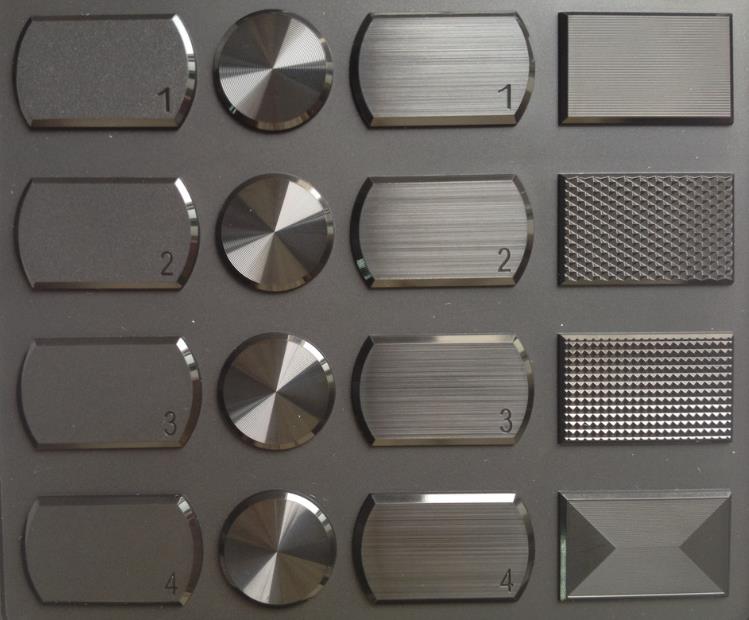Mold texturing involves adding surface patterns or textures to molds used in injection molding processes
to enhance the appearance and functionality of the final molded products.
When it comes to manufacturing plastic parts, mold texturing is an important aspect that can have a significant impact on the final product's appearance and functionality. Mold texturing refers to the process of imparting different patterns, finishes, and textures on the molds or dies used to create plastic parts. From creating a matte or glossy finish to adding intricate designs and patterns, mold texturing has a wide range of applications across various industries.
1. Types of Mold Texturing:
Mold texturing is typically classified into two main categories – surface finish and pattern texture. Surface finish refers to the general appearance of the overall texture, while pattern texture refers to the specific pattern or design of the mold. Some of the surface finish texture types include Glossy, Matte, and Satin, among others. Some of the most common pattern texture types include Leather grain, Woodgrain, and Geometric, among others.
2. Material Properties Involved:
The material properties of mold texturing can vary based on the type of texture, processing method, and the intended application. Some of the key properties that are commonly considered when selecting mold texturing materials include durability, wear resistance, corrosion resistance, hardness, chemical resistance, and thermal stability.
3. Available Processing Methods:
Mold texturing can be achieved through various processing methods, including etching, polishing, engraving, and embossing. Etching is a process that uses chemicals to etch the texture on the surface of the mold. Polishing involves using abrasive tools to smooth and refine the mold’s surface. Engraving creates a pattern by cutting the surface of the mold, while embossing creates a pattern by pressing it into the mold using a male and female die.
4. Industry and Parts Applications:
The use of mold texturing has widespread applications across industries and parts applications. The automotive industry, for example, uses mold texturing to create different finishes and patterns on dashboard panels, exterior parts, and interior trim. The medical and aerospace industries use mold texturing to create parts with specific finishes and patterns that provide better grip, texture, and/or slip resistance. Home appliances, toys, and consumer electronics are also industries that use mold texturing to improve the aesthetic and functional qualities of parts.
Mold texturing is a crucial aspect of plastic manufacturing that affects the overall look, feel, and functionality of the final product. Understanding the different types of textures, material properties, processing methods, industry applications, and parts applications is important to select the right mold texturing solutions for specific product requirements. By having a better understanding of the mold texturing process, mechanical engineers, buyers, and designers can make informed decisions while selecting the best mold texturing solution to meet their needs.
